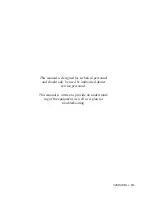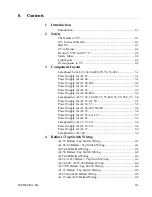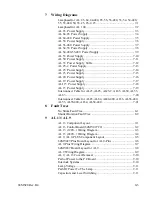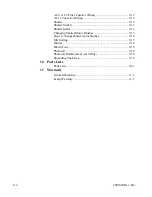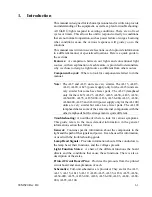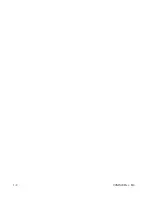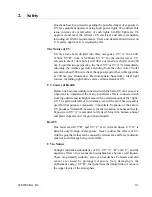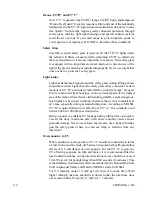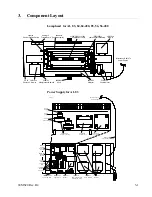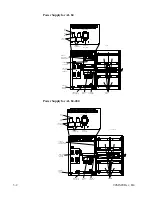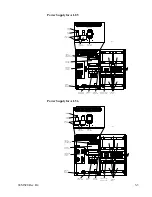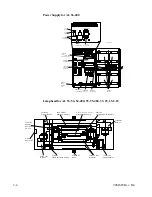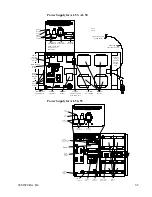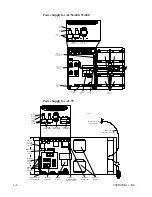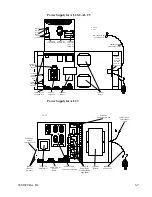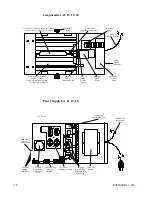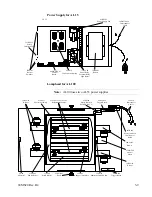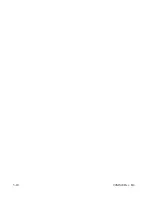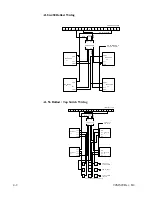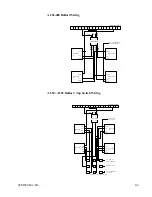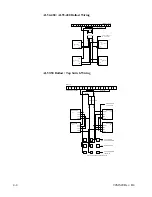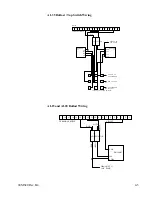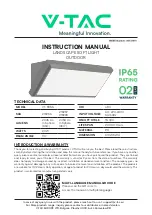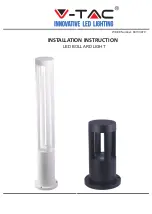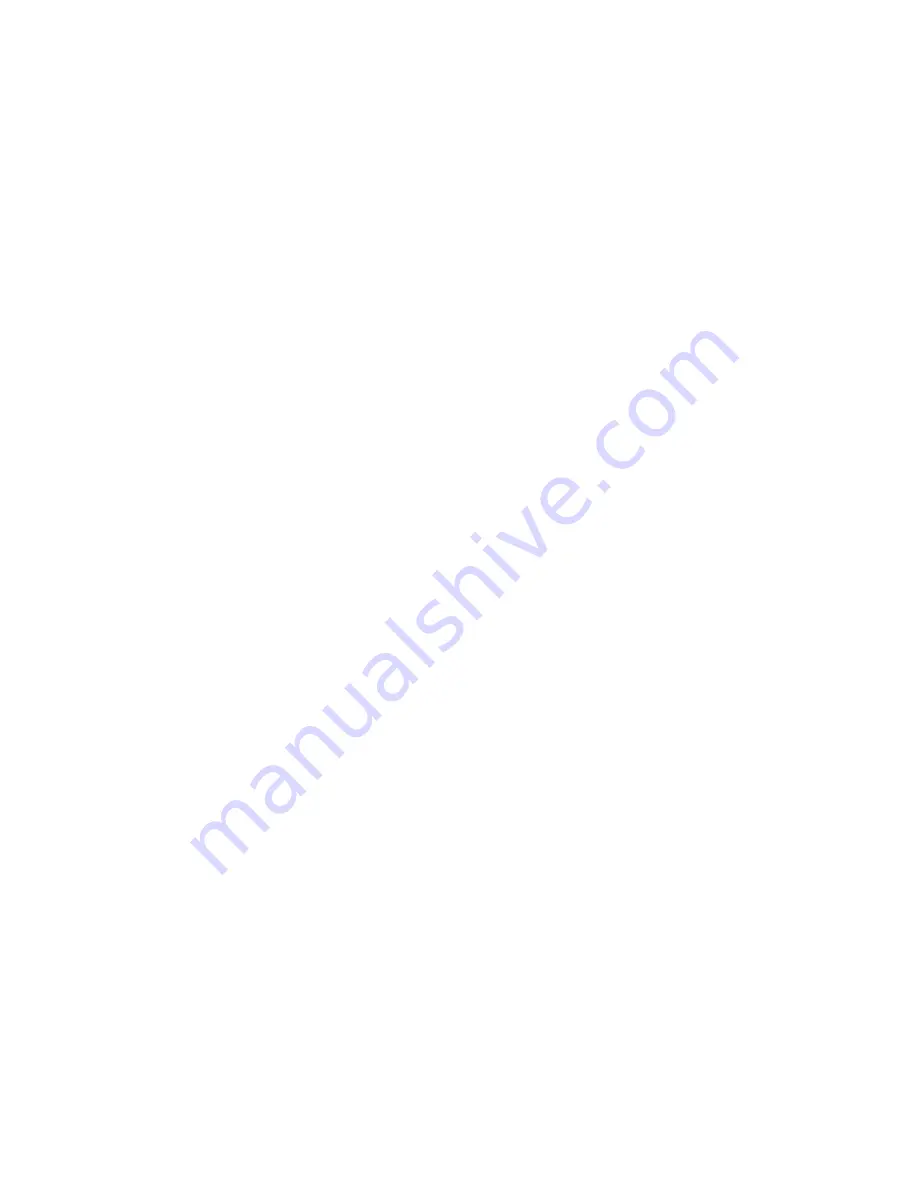
2-2
94MS20 Rev. B4
Ozone, UV“B” and UV“C”
No UV“C” is generated by
OLEC
lamps.
OLEC
lights and lamps use
“Ozone Free Quartz” for safety reasons to filter out most of the potentially
harmful rays in the UV“B” region. Some manufacturers do not use “ozone
free quartz.” Such lamps require greatly enhanced protection through
safety glass, curtains, light tight housings, and special exhaust systems
to rid the air of ozone. If you smell ozone in your workplace, speak to
your supervisor or employer. DO NOT work under those conditions!
Safety Glass
Carefully selected safety glass is used on all
OLITE
UV lights under
the reflector. It filters out nearly all the remaining UV“B” so effectively
that any transmission is almost impossible to measure. This safety glass
is equipped with an important electrical interlock to prevent use of the
light if the glass is missing or installed improperly. Never use a light that
does not have a protective safety glass.
Light Leaks
Light heads that leak light around the safety glass during idling periods
should be avoided. Light above the safety glass always contains a certain
amount of UV“B”, particularly when NON-ozone free lamps” are used.
Poorly constructed light housings, with even small parts of the lighted
area of the lamp or the reflector visible during standby, can be dangerous.
Such lights are best used within an enclosure that is shut completely at
all times, especially during extended idling time. According to NIOSH,
UV“B” is quite different in its effect from UV“A.” It is cumulative and
between 600 to 1000 times as destructive.
Being exposed to constant UV leakage during idling time can quickly
exceed the daily maximum safe limit and eventually cause serious
personal damage. Never use or have anyone else use a light with leaks
past the safety glass (where you can see lamp or reflector from any
direction)!
Overexposure to UV
What constitutes overexposure to UV“A” should be considered in terms
of safe limits and the trade-off between documented health-promoting
effects of UV and danger of overexposure. For the UV“A” region, the
UV effecting exposure on film and plates, it is recommended that the
total radiant incidence on unprotected skin and eyes should not exceed
1.0 mW per cm
2
for periods longer than 1000 seconds (16 minutes). This
is the Standard, documented and recommended by the National Institute
for Occupational Safety and Health, NIOSH, a basis for OSHA.
For UV intensity under 1.0 mW per cm
2
there is no time limit. With
higher intensity the time should be reduced so that the total dose does
not exceed 1000 mW-sec/cm
2
(1 mW/sec = 1 mJoule).
Summary of Contents for OLITE
Page 1: ...94MS20 Rev B4 OLITE OLITE 60Hz Printing Light Service Manual O...
Page 8: ...1 2 94MS20 Rev B4...
Page 20: ...3 10 94MS20 Rev B4...
Page 56: ...5 30 94MS20 Rev B4...
Page 86: ...7 22 94MS20 Rev B5...
Page 108: ...9 20 94MS20 Rev B4...


